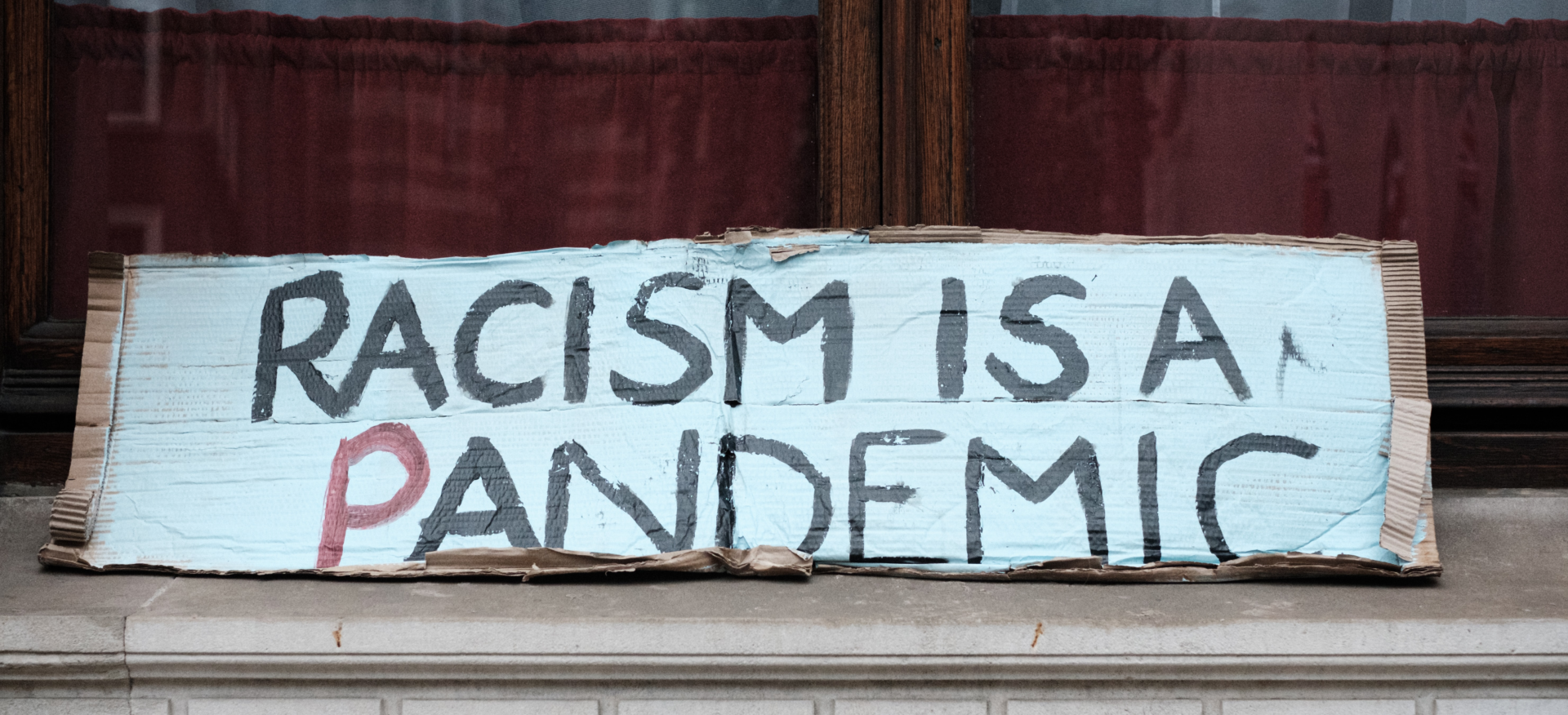Race—Discrimination today
Part I of this 3-part series, released on March 30, examined the history of racism and how the word “race” itself is inherently racist. But where do we stand now? Although much progress has been made, there is no denying that equal treatment and opportunity regardless of skin color and ethnicity are still a long way off. In the US, one in every ten Black males in their 30s is in jail, although Blacks make up only 13 percent of the country’s entire population (Sentencing Project 2019). Black people also accounted for 28 percent of those killed by police in 2020 (Mapping Police Violence 2020), with youths of color making up 66 percent of those detained.
There is also evidence of housing and banking discrimination: Blacks and Hispanics encounter extra challenges in obtaining home loans—27.4 percent of Black applicants and 19.2 percent of Hispanic applicants were denied mortgages in 2015 under the federal Home Mortgage Disclosure Act, as compared to 11 percent of white applicants (Pew Research Center 2017).
Workplace discrimination is also pervasive. Between January 2017 and February 2019, Payscale surveyed 1.8 million employees and discovered that Black men earned on average 87 cents for every dollar earned by white men (Payscale 2019), while just 1 percent of all venture capital financing goes to Black entrepreneurs (Romburgh and Teare, Crunchbase 2021). According to an Economic Policy Institute report, further prejudice exists in the education sector, with more than 72 percent of Black students attending a high-poverty school in the US in 2017, compared to around 31 percent of whites (Economic Policy Institute 2020).
The issue is, of course, not confined to the US. According to a Runnymede Trust study, racism remains “structural” in England, and legislation, institutional policies and customs continue to negatively impact ethnic minority populations (Begum and Treloar 2021). People of different ethnic backgrounds continue to experience inequalities in health, the criminal justice system, education, employment, immigration and politics. The study also asserts that the government’s new approach to equality “may, in reality, worsen” outcomes for minority populations, citing the recent Sewell report on racism in the United Kingdom issued by the UK Commission on Race and Ethnic Disparities.
COVID-19 and discrimination
The coronavirus pandemic has exacerbated prejudice against non-citizens and people of color around the world. According to UN Secretary-General António Guterres, “the epidemic continues to unleash a tsunami of hatred and prejudice, scapegoating, and scaremongering.” He encourages states to “… take strong actions to enhance our societies’ resistance to the virus of hatred.”
Political parties and organizations in the US, UK, Italy, Spain, Greece, France and Germany have used the pandemic crisis to foster anti-immigrant, white nationalist, xenophobic anti-Asian attitudes among the public. There have been reports of people in the UK refusing to be treated by ethnic Asian doctors or nurses. Significant expressions of hatred have been aimed at the Asian-American population of the US.
Again, this is a universal and age-old phenomenon—other countries and ethnicities have often been blamed for disease outbreaks. During the current pandemic, many Black persons in Chinese cities have faced acute discrimination and bigotry. In Guangzhou, China, there have been reports of bias against people of color. Despite the absence of symptoms, most Africans living there were tested and, even after negative results, forced to self-quarantine (Human Rights Watch 2020).
Various organizations in countries including Australia, France, Italy and Russia have reported pandemic-related violence and harassment of Asian people. Across Africa, including countries like Kenya, Ethiopia and South Africa, there have been claims of hostility and violence against Asians and immigrants in general accused of carrying the coronavirus. According to media reports, people of Asian descent were harassed and refused entrance in Brazil.
Reports also suggest that the pandemic has harmed more Black Americans than their white counterparts, leading to mental health concerns in marginalized populations. The US Centers for Disease Control and Prevention have estimated that COVID-19 cases and hospitalization rates are up to 4.5 times higher in Black, Hispanic and indigenous American populations than in the white population (JAMA Network Open 2020).
The economic cost of discrimination
A 2020 study by McKinsey & Co. titled Diversity wins: How inclusion matters (Sundiatu Dixon-Fyle et al. 2020), the third in a series on diversity, equity and inclusion (DE&I), found that positive DE&I scores in terms of gender and ethnicity significantly increased the average performance of companies. The report on the study’s findings states, “In the case of ethnic and cultural diversity, our business-case findings are equally compelling: in 2019, top-quartile companies outperformed those in the fourth one by 36 percent in profitability, slightly up from 33 percent in 2017 and 35 percent in 2014.” In addition, the study’s findings indicate that discrimination in the workplace can have a negative effect on the health and productivity of employees. According to the analysis, organizations that scored low on diversity were 27 percent more likely to struggle with profitability.
An analysis by Citigroup, cited by US broadcaster NPR, suggests that as a result of discrimination against African Americans in several areas including education and access to business finance, the US economy has lost US$ 16 trillion since 2000. To put this in perspective, in 2019, the country’s GDP amounted to US$ 19.5 billion. Citigroup further estimates potential economic growth of US$ 5 trillion in the next five years if the US could solve important issues of discrimination against communities of color.
In recent surveys, large cross-sections of consumers say they have boycotted a brand because of its stance on a social or political issue. According to a survey conducted by Edelman (2020) after the killing of George Floyd, Americans want brands to play a critical role in combating systemic racism. About 70 percent of Americans in the 18–34 age group said their buying behavior is influenced by how the brand responded to Floyd demonstrations.
The case for the fundamental human right of equal treatment and opportunity regardless of skin color and ethnicity, or any other differences for that matter, needs no economic justification. Yet these numbers cast a spotlight on the unsustainable nature of the current situation. This is particularly true in light of the fact that in many geographies, including North America and Europe, people of color represent a fast-growing share of the workforces and consumer bases that form the backbone of the economy. Without fair treatment and access to a living wage and fair housing, these groups will consistently fail to realize their potential—for themselves, their families and the corporations that rely on them.
Part II in a 3-part series by Michael Durrie and Arushi Gupta, The Digital Economist




